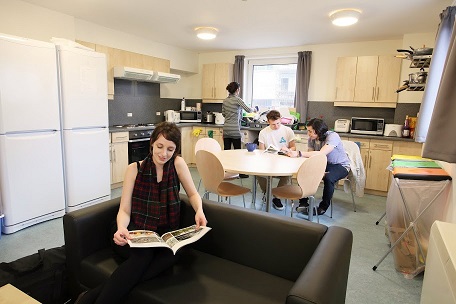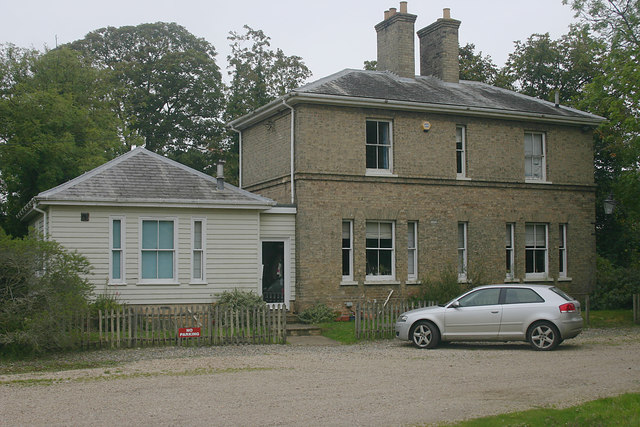
Not all students are going to have the same requirements. Though the majority will be individuals travelling to live in a new place for the first time, the growing popularity of doing a degree later in life means that we now cater for a broader range of tenant. You may find in your area that there is a need for:
• Young couples looking for their first place together (when one or both are a student)
• Older, single individuals who prefer a flat to themselves rather than live in a house-share
• An international student bringing a family with them
These people are looking for something different. If you live in a larger Victorian or Edwardian house (such as those with a third floor) you may have a top floor with guest rooms that never get used. These annexes and top floor rooms can make ideal student accommodation and you could earn extra money from your HMO.
What is an HMO? House of Multiple Occupancy –
is a legal definition which applies to anyone who shares your house whom you charge rent – this could be a spare room or somebody who live in annexes or top floor flat within your home. Typically, anything that is not a separate house or flat with a different address. If it is classed as part of the original building work (even if you have made it into a self-contained flat) if it is not registered as a separate address, it is classed as HMO. Sometimes, these accommodation types are suitable for students.
Things to Consider
1. Is there a market for annexes and top floor flats in your area? As you live in a university city, the chances are that the answer to this is “yes”. Students come with a variety of needs and providing for a niche market could potentially guarantee you a revenue stream all year, every year
2. Speak to the local council. In some cases, setting up and registering an HMO needs a license. Chances are if you are creating a small self-contained flat within your own home, this will not be the case but it is always worth checking
3. Will your annex or top floor rooms be self-contained (including its own key access?) or will it be a sectioned off area of the house with communal or shared facilities? If you expect to attract couples, they may prefer privacy, so consider separate access
4. On the other hand, if you intend to create a self-contained living space then you will need a separate fire escape, smoke alarms, a separate bathroom and kitchen – these are all legal requirements
As you can see, there are pros and cons to whichever option you choose to go with; annexes and top floor rooms can be profitable, but it is important you understand the legal ramifications and the drawbacks to however you choose to modify the home.
